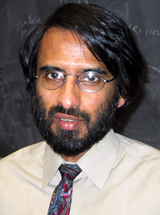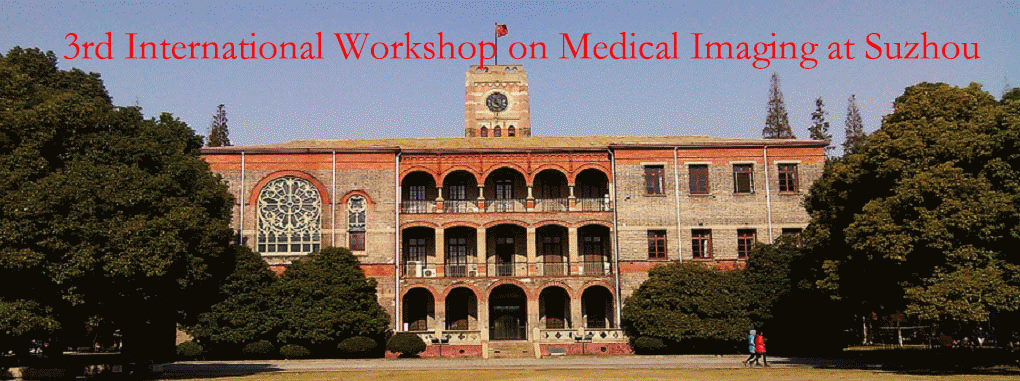
Jayaram K. Udupa, Professor, University of Pennsylvania
IEEE Fellow, AIMBE Fellow
Chief, Medical Imaging Section, Department of Radiology, University of Pennsylvania
Title: Body-wide Automatic Anatomy Recognition in Medical Imagery
Abstract:
To make Quantitative Radiology a reality in clinical practice and to exploit the benefits of BigData for improving clinical care,
computerized body-wide automatic anatomy recognition (AAR) in medical images becomes essential. With the goal of building a
general AAR system that is not tied to any specific organ system, body region, or image modality, this presentation will describe
an AAR methodology developed over the past 6 years for localizing and delineating all major objects in different body regions.
The methodology embodies the following key ideas: (a) Exploiting the large collection of existing patient images. (b) Formulating
precise anatomic definition of each body region and all its major objects and delineating them following these definitions. (c) Building
hierarchical fuzzyanatomy models of object assemblies body-wide by fully exploiting detailed knowledge of the form, size, and
positional relationships of objects, by separating the modality-specific and independent parts, and by modeling sparse and non-sparse
objects differently. (d)Recognizing (locating) objects in given images by employing the hierarchical anatomy models and using an
optimal threshold-based search. (e) Delineating objects following the hierarchical order via fuzzy model-based fuzzy connectedness
principles.
The AAR system has been tested on four body regions – neck (on MRI and CT), thorax (on CT and PET), abdomen (on CT,
MRI, and PET), and pelvis (on CT and PET) – involving a total of over 40 objects. Overall the AAR method achieves a mean
accuracy of 1-3 voxels in localizing (recognizing) non-sparse and sparse objects and delineation accuracy expressed as mean false
positive and negative volume fractions of 2%-8%, with mean boundary distance relative to ground truth of 1-2 voxels. Separation
of modality-independent from dependent aspects, organization of objects in a hierarchy, encoding of object relationship information
explicitly into the hierarchy,optimal threshold-based recognition learning, differently modeling sparse and non-sparse objects,and
fuzzy model-based fuzzy connectedness are effective concepts which resulted in a general AAR system that works in different body
regions on a variety of organs and on different modalities.
Brief Bio:
Jayaram Udupa received a bachelor’s degree in Electronics and Communication Engineering from Mysore University, India, in 1972,
and a PhD in Computer Science from the Indian Institute of Science, Bangalore, in 1976. From the beginning of his career, his
research focus has been developing theory, algorithms, and large software systems for image processing, 3D visualization, image
analysis, and in utilizing these in numerous medical application areas toward quantitative radiology. He has made numerous seminal
contributions to these areas continuously for nearly 40 years and contributed significantly to the success of several conferences such
as the SPIE Medical Imaging Symposium since the early days of medical image processing. He has published 180 journal papers,
210 full conference papers, 2 books, 25 book chapters, given 275 invited lectures worldwide, and trained about 60 Ph.D students and
post-doctoral fellows.He is a Fellow of the IEEE and American Institute of Medical and Biological Engineering (AIMBE), a Professor
of Radiological Sciences and Chief of the Medical Image Processing Section, Department of Radiology, University of Pennsylvania,
Philadelphia.
